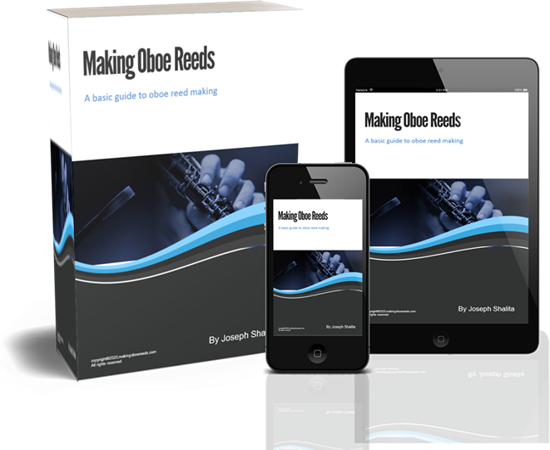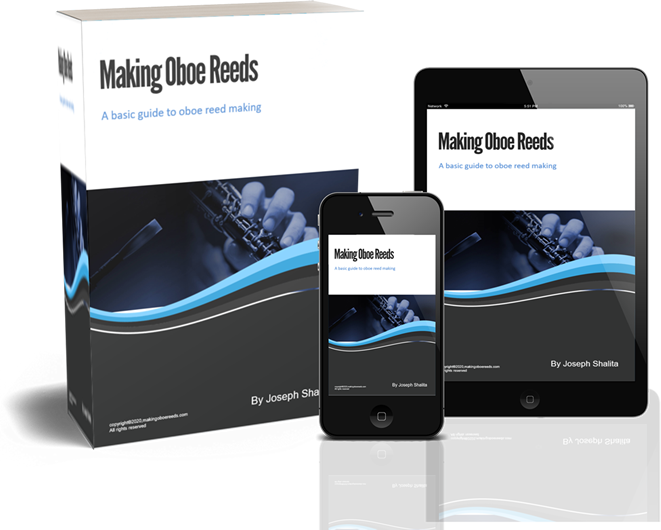Making Oboe Reeds: A Guide to Crafting Your Own Musical Magic
In the realm of music, the oboe holds a special place with its distinctive sound and unique capabilities. While mastering the instrument is a challenging yet rewarding journey, delving into the art of oboe reed making can further enhance your musical experience. In this article, we will explore the intricacies of crafting oboe reeds, from the benefits of DIY reeds to addressing common FAQs about the process.
The Benefits of Crafting Your Own Oboe Reeds
One of the primary advantages of making your own oboe reeds is the ability to customize them to suit your playing style and preferences. Commercially available reeds may not always provide the exact response and tone you desire, making custom reeds a valuable asset for any oboist.
Additionally, mastering the art of oboe reed making allows you to fine-tune the sound production of your instrument. By understanding the intricacies of reed construction, you can optimize the oboe’s performance and achieve a more refined, personalized sound.
FAQs About Oboe Reed Making
1. What materials do I need to make oboe reeds?
To craft oboe reeds, you will need cane, a reed-making knife, a mandrel, a forming mandrel, thread, and plaque. These tools are essential for shaping and assembling the reeds with precision.
2. How long does it take to make a single oboe reed?
The time required to make an oboe reed can vary depending on your skill level and experience. On average, it may take anywhere from 30 minutes to an hour to complete a single reed, including the soaking and drying process.
3. Can I use pre-made oboe cane to make reeds?
While pre-made oboe cane is available for purchase, many oboists prefer to process their own cane for greater control over the reed’s quality. Processing raw cane allows for customization and ensures the reeds meet your specific requirements.
4. What is the significance of the scrape in oboe reed making?
The scrape of an oboe reed plays a crucial role in determining its sound and response. By adjusting the thickness and profile of the reed’s scrape, you can fine-tune its characteristics to achieve your desired tonal quality and playability.
5. How important is proper maintenance of oboe reeds?
Maintaining oboe reeds is essential for preserving their longevity and performance. Storing reeds in a suitable case, maintaining proper humidity levels, and regular inspection can help prolong the lifespan of your reeds and ensure consistent playing quality.
Conclusion
Embarking on the journey of oboe reed making can be a rewarding and enriching experience for any oboist. By delving into the craft of crafting your own reeds, you not only gain a deeper understanding of the instrument but also unlock the potential for personalized sound production and enhanced musical expression. Whether you’re a seasoned player or a novice, exploring the art of oboe reed making is a valuable skill that can elevate your musical journey to new heights.


